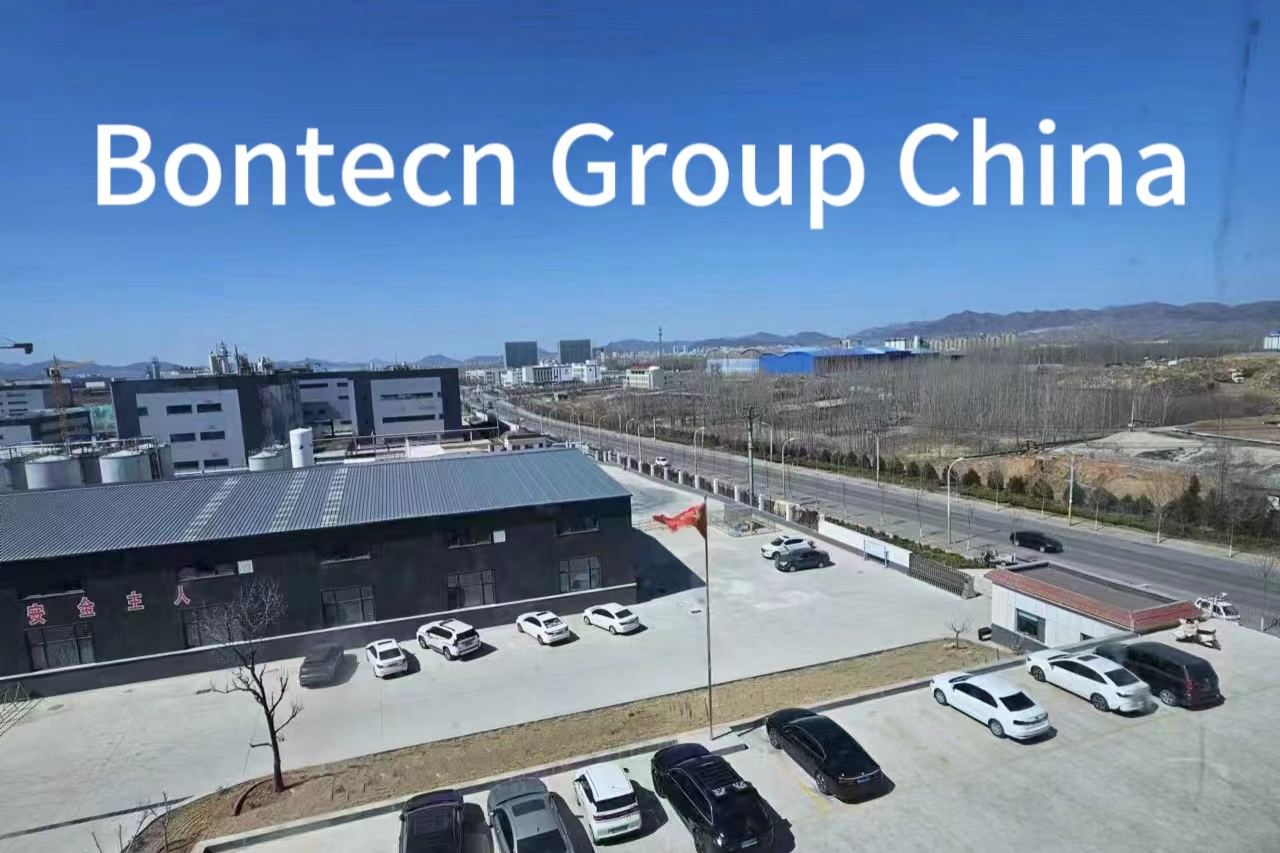Plastic foaming can be divided into three processes: formation of bubble nuclei, expansion of bubble nuclei, and solidification of foam bodies. For PVC foam sheets, the expansion of the bubble core has a decisive impact on the quality of the foam sheet. PVC belongs to straight chain molecules, with short molecular chains and low melt strength. During the process of bubble expansion into bubbles, the melt is not enough to cover the bubbles, and the gas is prone to overflow and merge into large bubbles, reducing the product quality of foam sheets.
The key factor in improving the quality of PVC foam sheets is to increase the melt strength of PVC. From the analysis of the processing characteristics of polymer materials, there are various methods to improve the melt strength of PVC, among which the most effective way is to add additives to improve the melt strength and reduce the processing temperature. PVC belongs to amorphous materials, and the melt strength decreases with the increase of melt temperature. Conversely, the melt strength increases with the decrease of melt temperature, but the cooling effect is limited and only plays an auxiliary role. ACR processing agents have the effect of improving melt strength, among which foaming regulators are the most effective. The melt strength increases with the increase of foaming regulator content. Generally speaking, as long as the screw has sufficient dispersion and mixing ability, adding high viscosity foaming regulators has a more significant effect on improving the strength of the melt. The role of processing aids in PVC foam sheets: ACR processing aids promote PVC melting, improve surface smoothness, improve melt elasticity, and enhance melt elongation and strength. Beneficial for wrapping bubbles and preventing bubble collapse. The molecular weight and dosage of foaming regulators have a significant impact on the density of foam sheets: as the molecular weight increases, the strength of PVC melt increases, and the density of foam sheets can be reduced, which has the same effect as increasing the dosage of regulators. But this effect does not have a linear relationship. Continuing to increase the molecular weight or dosage does not have a very significant effect on reducing density, and the density will tend to be constant.
There is an important relationship between foaming regulators and foaming agents. There is an equilibrium point between the density of foam sheets and foaming regulators. Beyond this equilibrium point, the density of foam sheets is not affected by the content of foaming agents and remains constant. That is to say, increasing the amount of foaming agent cannot reduce the density. The reason for this phenomenon is that under a certain amount of foaming regulators, the melt strength of PVC is limited, and excessive gas can cause the collapse or merging of foam cells.
Post time: Mar-28-2024





